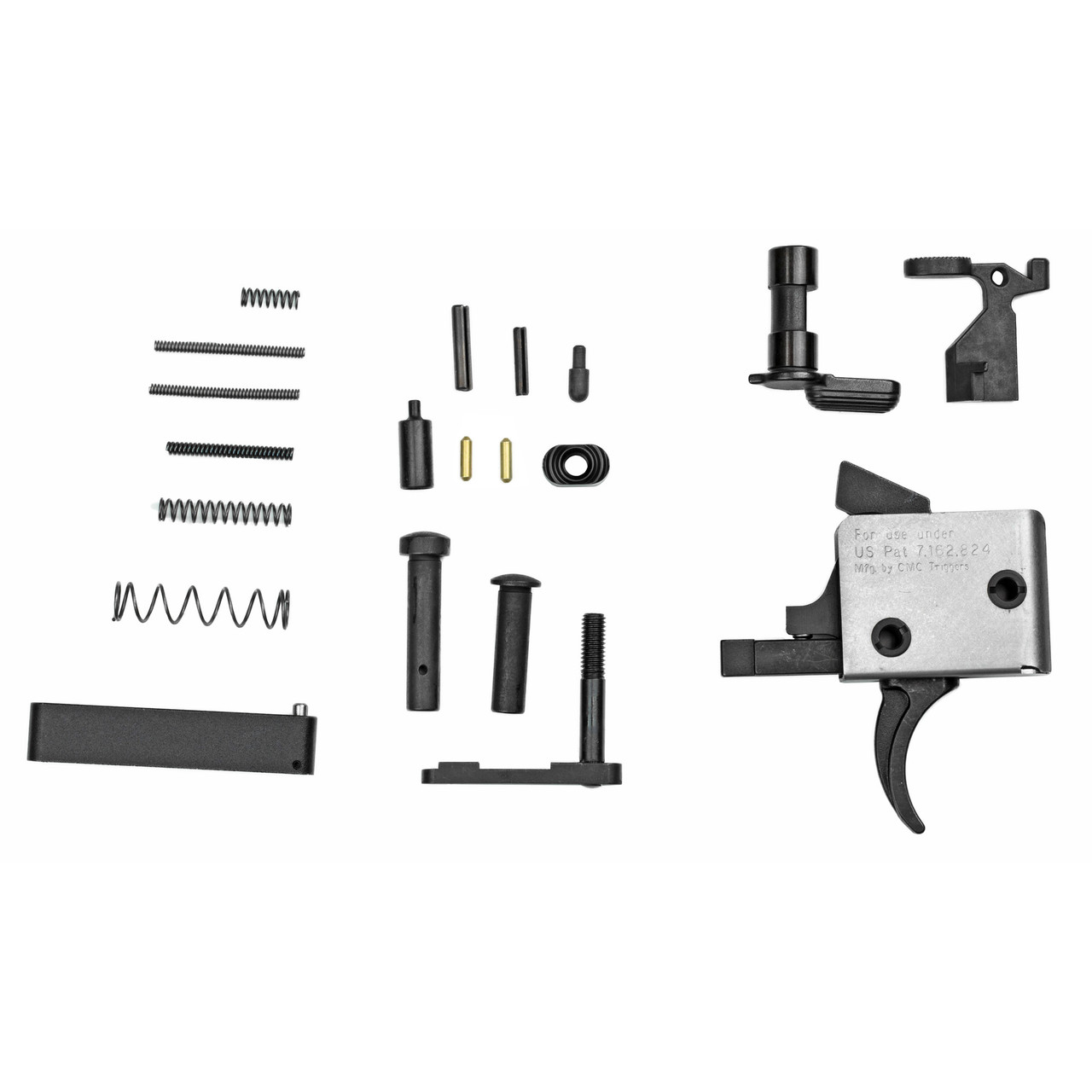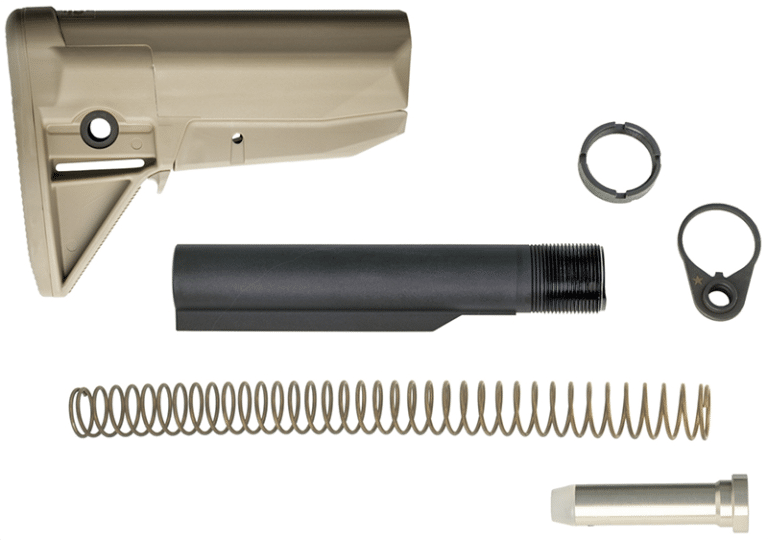
In another example, someone intending to build a “plinker” rifle to mate with a dedicated. This could point to using a factory fresh AR lower, preferably aluminum in construction, that has never been part of a firearm before, to keep square with the ATF’s “pistol” classification. 300 Blackout pistol with a 10-inch barrel optimized for home defense with a backup purpose of hog hunting in thick brush. Home Defenseįor instance, the gun could end up being a. Going back to the best-selling point for an AR platform, the versatility of the design allows users to build a gun from the receiver-up with a dedicated purpose in mind. There are instances of homebuilders casting their own lowers from recycled pop cans, which is an interesting DIY project, but in general, cast receivers are best avoided. Then there are cast aluminum receivers, with molten metal poured into a mold, with the result being a product that generally has a less than stellar reputation as it is on the soft side metallurgically speaking. However, on the downside, billet receivers sometimes need more hand fitting of parts as there is not a “MIL-STD” when it comes to billet lowers.

While the forged 7075 t6 aluminum receiver is easier to machine, requiring fewer manufacturing processes to finish and thus making it cheaper to make, billet receivers, as they are born from a solid block of metal, have a reputation of being stronger and can be made more exotic–traits especially desirable in high-end builds. Meanwhile, in the case of a billet lower, it is constructed by milling one out of a single piece of an aluminum block. The short story on a forged receiver is that it is produced by compressing/hammering a heated platter of aluminum alloy together and then machining the resulting stamping out into a working lower. While current polymer lower makers such as New Frontier Armory have redesigned pivot and takedown pin areas in addition to a beefed-up their polymer recipe to fortify the failure points on past designs sold by other companies, in the end, the choice to run metal or plastic is up to the user.Īluminum lowers, going past the 6061/7076 material argument, also come in either billet or forged varieties. However, they do have a reputation of being a bit more fragile, especially when it comes to breaking the rear buffer tube threads and developing cracks at the pivot points. They aren’t exactly new to the market, with pre-Remington Bushmaster, Plum Crazy, and CavArms producing them going back to the 1980s.

Speaking of cheaper, polymer lowers can cost even less, and often hit the scales at even lighter in weight than aluminum offerings. While there’s an opportunity to save money it’s generally not worth the reduction in durability. The primary benefit of 6061 is that receivers constructed of such material are more corrosion resistant than 7075 while running slightly cheaper– but only slightly. Aluminum GradesĪluminum allows typically come in two grades, 6061-T6-T651, with the latter being preferred as it is nearly twice as strong when it comes to tensile and yield strength as well as 80,000+ psi shear strength - for very little difference in weight. Since then, while Fairchild has long since been delivered to the dustbin of history, aluminum has remained the standard for AR upper and lower receivers. The two-part receiver design of Eugene Stoner, first pioneered on his ArmaLite AR-10 back in the 1950s, incorporated the use of early lightweight aircraft-grade aluminum as ArmaLite was a subsidiary of California-based Fairchild Aviation and benefited directly from their manufacturing process. Some people also want to go for a particular aesthetic, for instance, the differences in reinforcements, fences, and forward assists, to make a gun that looks like it’s from a specific historical period.įirst off, construction is key. For example, if there’s a specific feature set that you want, like an ambidextrous safety, one of the ways to achieve that is to get a lower receiver that allows for it and populate it with parts that will let the rifle work better for you. Second, if you have an extremely specific build in mind, one of the only ways to achieve that might be to start from the lower and build the rifle yourself.

This gives you the opportunity to build a rifle that is exactly as you want it and gives you the pride in having built something yourself. These days, there are a ton of awesome tutorials online that make it more than possible to do it yourself with some basic tools, some time, and a little patience. While some people are intimidated by this, even a first-time gun owner can put together an AR-15 starting from a bare lower. The first reason is to build a new rifle from scratch. People generally buy AR-15 lower receivers for one of two reasons.

Best First Focal Plane (FFP) Scopes for 2022.


 0 kommentar(er)
0 kommentar(er)
